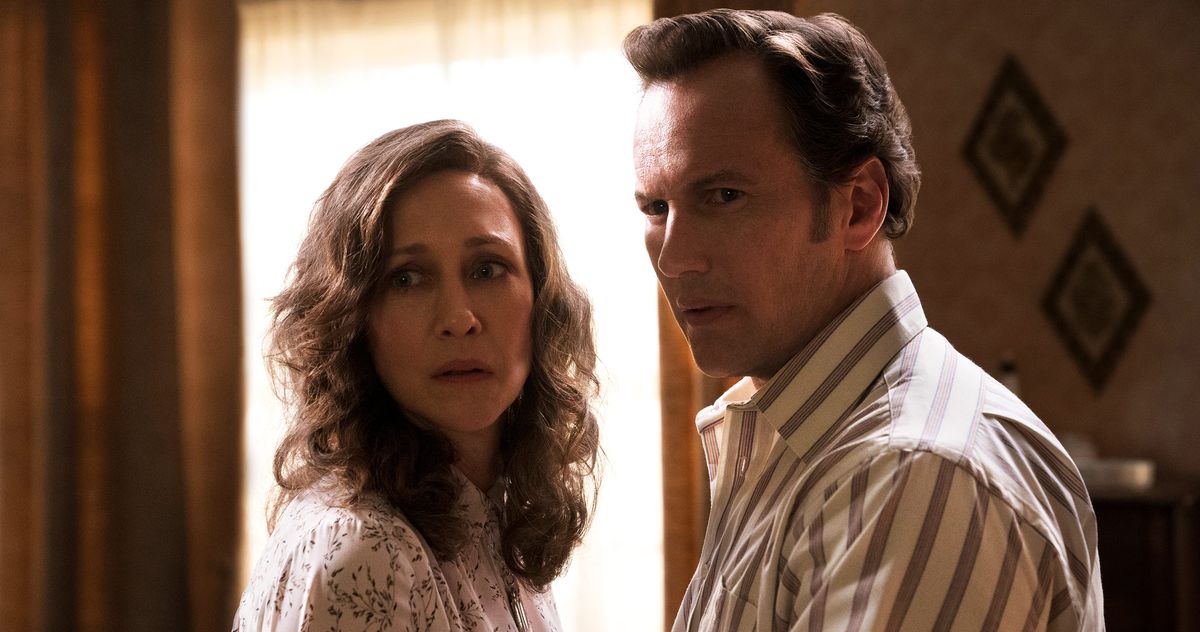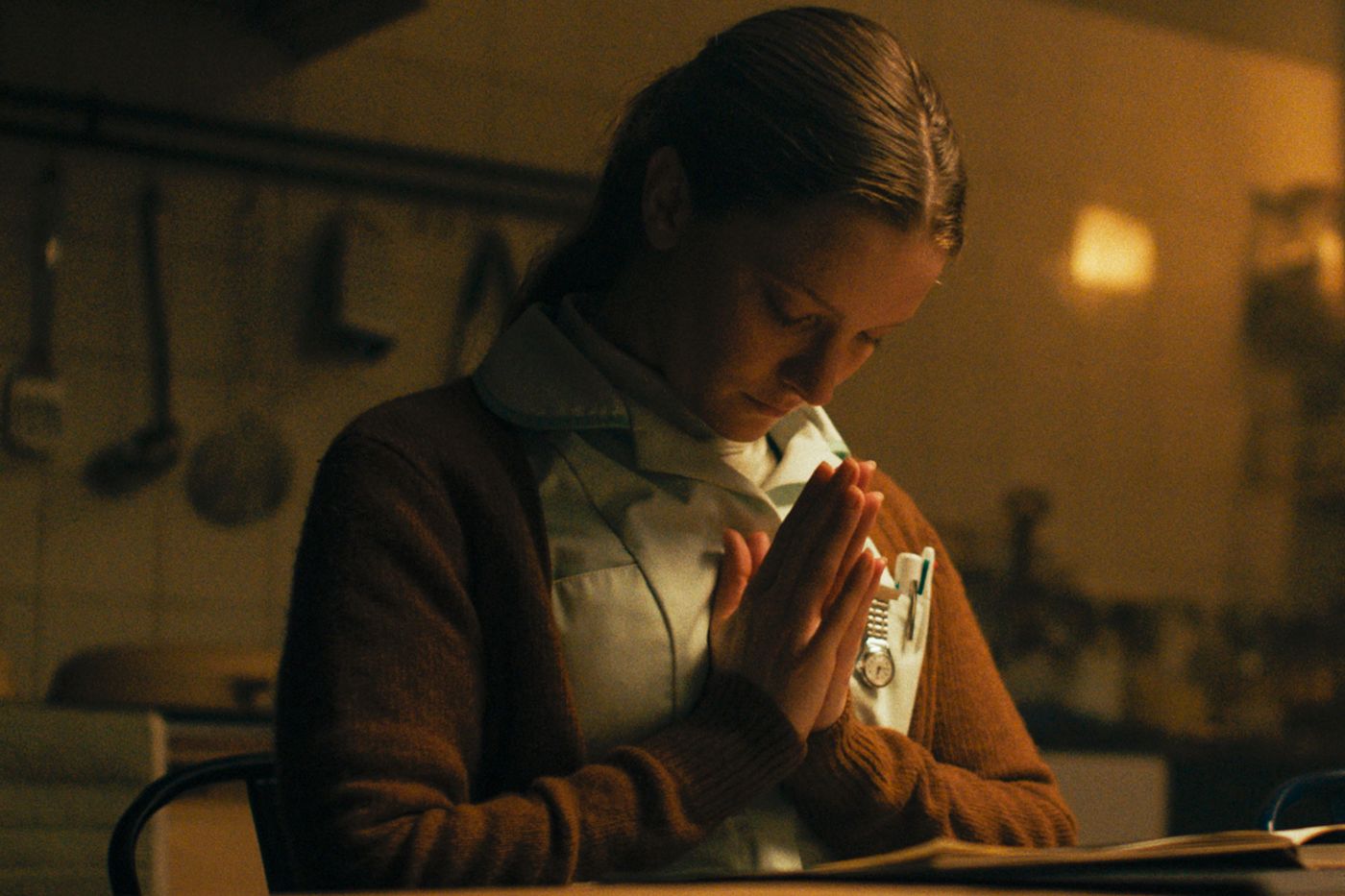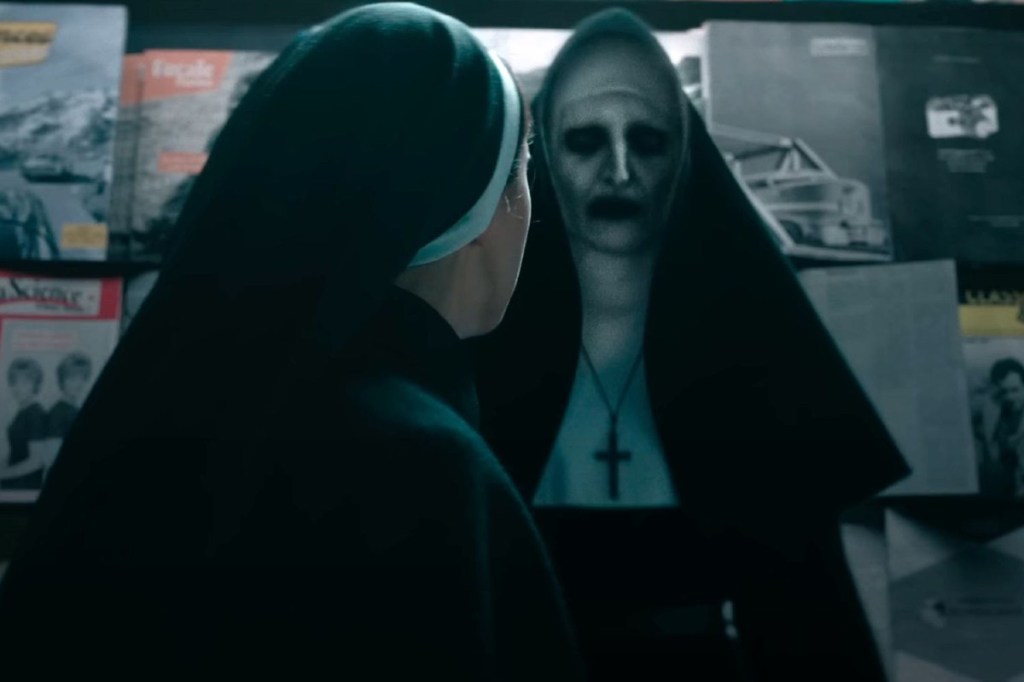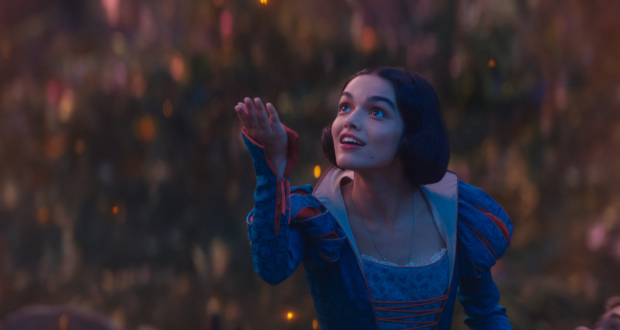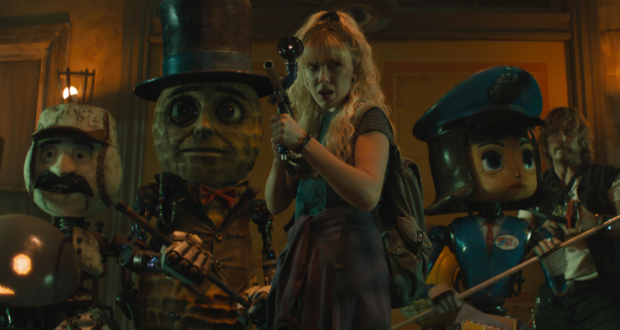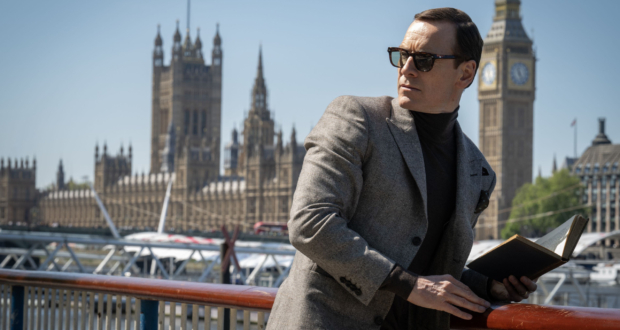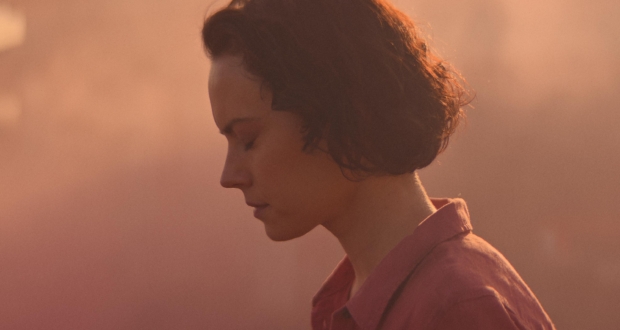The Conjuring franchise has consistently delivered spine-chilling horror experiences to audiences worldwide. However, within this terrifying cinematic universe, Corin Hardy’s 2018 spin-off film The Nun stands apart as a haunting departure from the rest of the series. Released in 2018, The Nun delves deep into the origins of the malevolent entity known as Valak and offers a unique blend of gothic horror and supernatural suspense. So, ahead of this week’s release of The Nun II, let’s explore the elements that set The Nun apart from the rest of the Conjuring franchise, including its gothic aesthetic, thematic exploration of faith and evil, and its distinct narrative approach.
One of the most striking aspects of The Nun is its gothic aesthetic, which sets it apart from the more contemporary and suburban settings of the other films in the Conjuring franchise. The film transports the audience to the remote and decaying Cârța Monastery in Romania, creating a palpable sense of isolation and foreboding. The crumbling stone walls, shadowy corridors, and dimly lit chambers of the monastery contribute to the film’s eerie atmosphere. Hardy’s use of gothic architecture and set design adds a layer of historical depth, making The Nun feel like a period piece, which is a stark contrast to the modern-day settings of other films in the series.
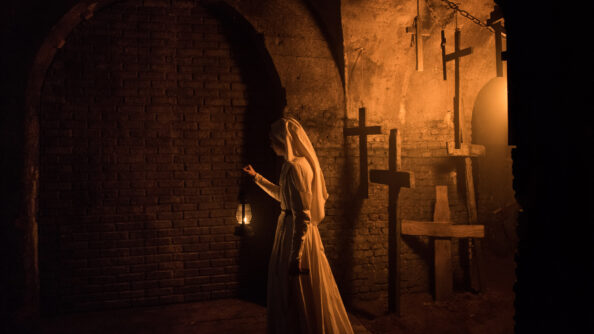
Furthermore, the gothic aesthetic is enhanced by the film’s use of religious iconography and symbolism. The presence of crucifixes, religious artifacts, and ancient manuscripts deepens the sense of dread and underscores the film’s exploration of faith and evil. The gothic visuals in The Nun contribute significantly to its unique atmosphere, setting it apart from its contemporaries in the Conjuring franchise.
The Nun distinguishes itself by delving into themes of faith and evil in a way that the other films in the franchise do not. While the central characters in the Conjuring series are often devout Catholics who confront malevolent spirits, The Nun takes this theme to a new level by making faith and religious symbolism central to the plot.
The character of Sister Irene, portrayed by Taissa Farmiga, is a novitiate with a mysterious past, and her unwavering faith plays a pivotal role in the film. Her character is in stark contrast to the traditional protagonists of the Conjuring series, such as Ed and Lorraine Warren, who are paranormal investigators but not necessarily deeply religious figures. Sister Irene’s faith is tested throughout the film as she confronts the supernatural evil of Valak, and her character arc adds a layer of depth and complexity to the narrative.
Moreover, The Nun introduces the concept of the “Blood of Christ” as a weapon against evil. This religious artifact, which is central to the plot, highlights the film’s thematic focus on faith and its power to combat malevolent forces. The intertwining of religious symbolism with horror elements makes The Nun a unique entry in the Conjuring franchise, as it explores the supernatural from a more spiritual perspective.
Another aspect that sets The Nun apart is its narrative approach. While the other films typically follow the investigations of Ed and Lorraine Warren or other paranormal experts, The Nun takes a more unconventional route by blending elements of a haunted house story with a gothic horror narrative.
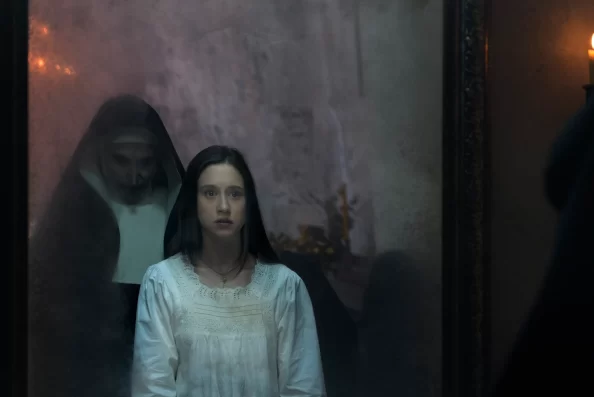
The film unfolds as a mystery, with Sister Irene and Father Burke, played by Demián Bichir, arriving at the remote Romanian abbey to investigate a nun’s suicide. This investigative angle, combined with the monastery’s dark history, adds a layer of intrigue and suspense to the plot. The audience is gradually introduced to the sinister history of Valak and the abbey, creating a sense of dread that builds throughout the film.
Additionally, The Nun employs jump scares and atmospheric tension effectively, creating a sense of unease that lingers long after the credits roll. The film’s narrative approach is more focused on building a sense of dread and exploring the origins of the demonic entity, rather than relying solely on traditional horror tropes.
Corin Hardy’s film The Nun distinguishes itself from the rest of the Conjuring franchise through its gothic aesthetic, thematic exploration of faith and evil, and distinct narrative approach. The film’s haunting visual style, its emphasis on religious symbolism, and its focus on the power of faith set it apart as a unique and memorable entry in the series. The Nun successfully blends elements of gothic horror and supernatural suspense, delivering a chilling and atmospheric experience that lingers in the minds of viewers. As a departure from the conventional formula of the franchise, The Nun stands as a testament to the versatility and creativity that the Conjuring universe can offer to horror enthusiasts.



